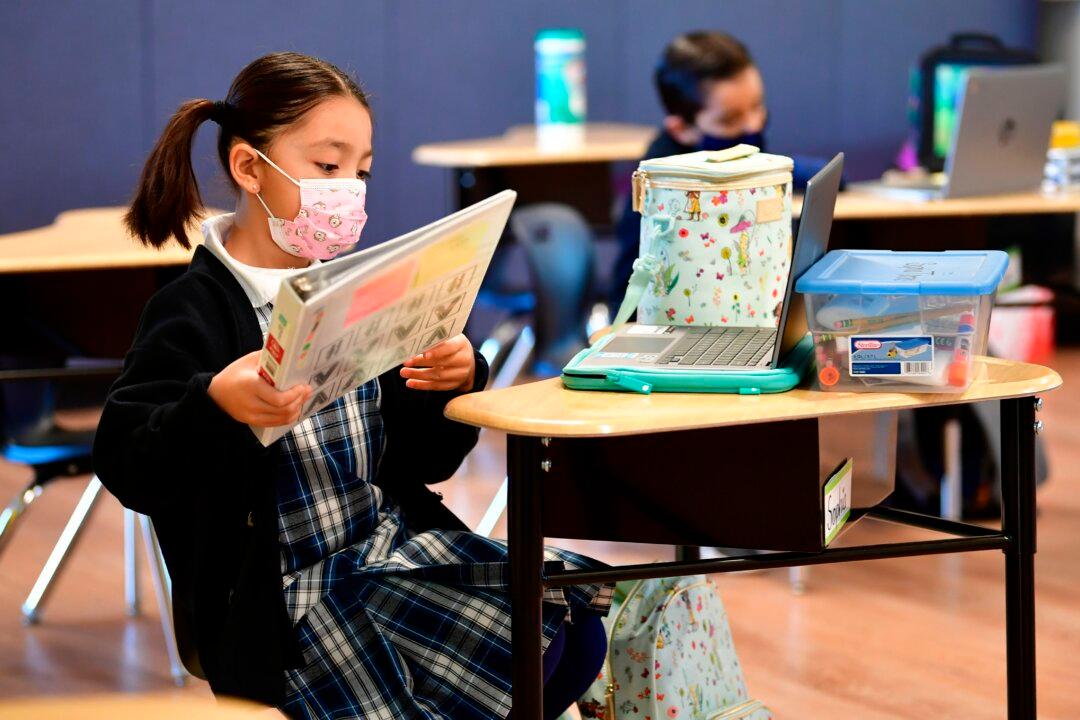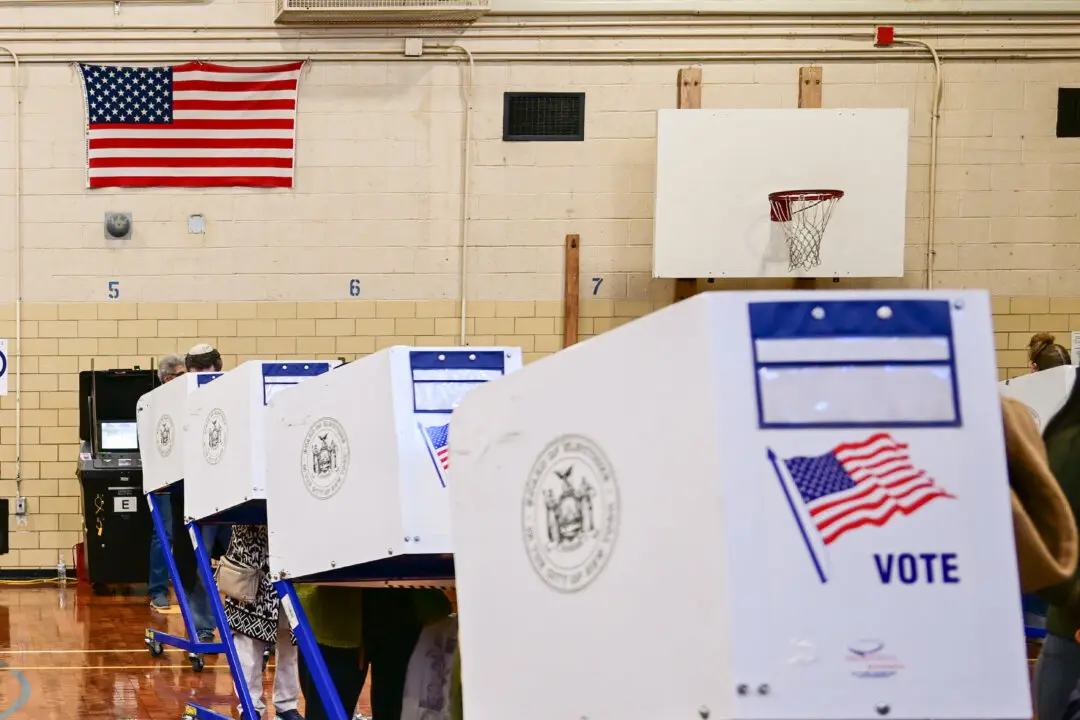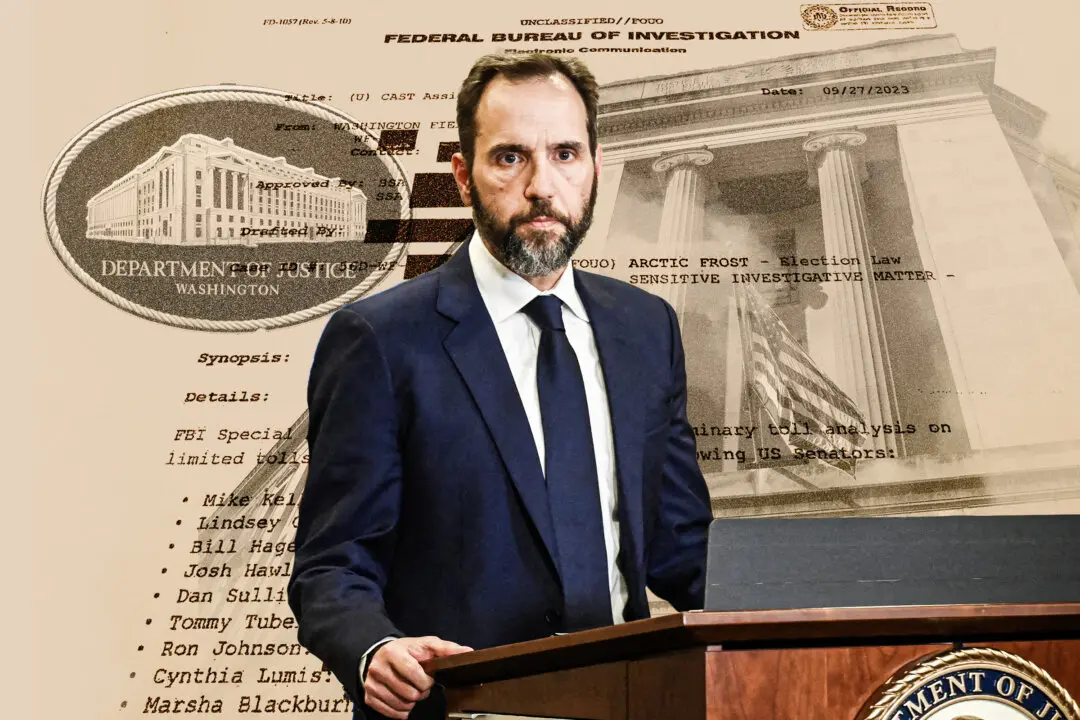President Joe Biden’s promise to reopen schools in 100 days rings hollow as the administration set the bar for fulfilling it so low that the nation has met it already, according to several data sources.
Reopening the schools was one of Biden’s core vows before taking office. As late as Feb. 7, he called the situation a “national emergency.”





